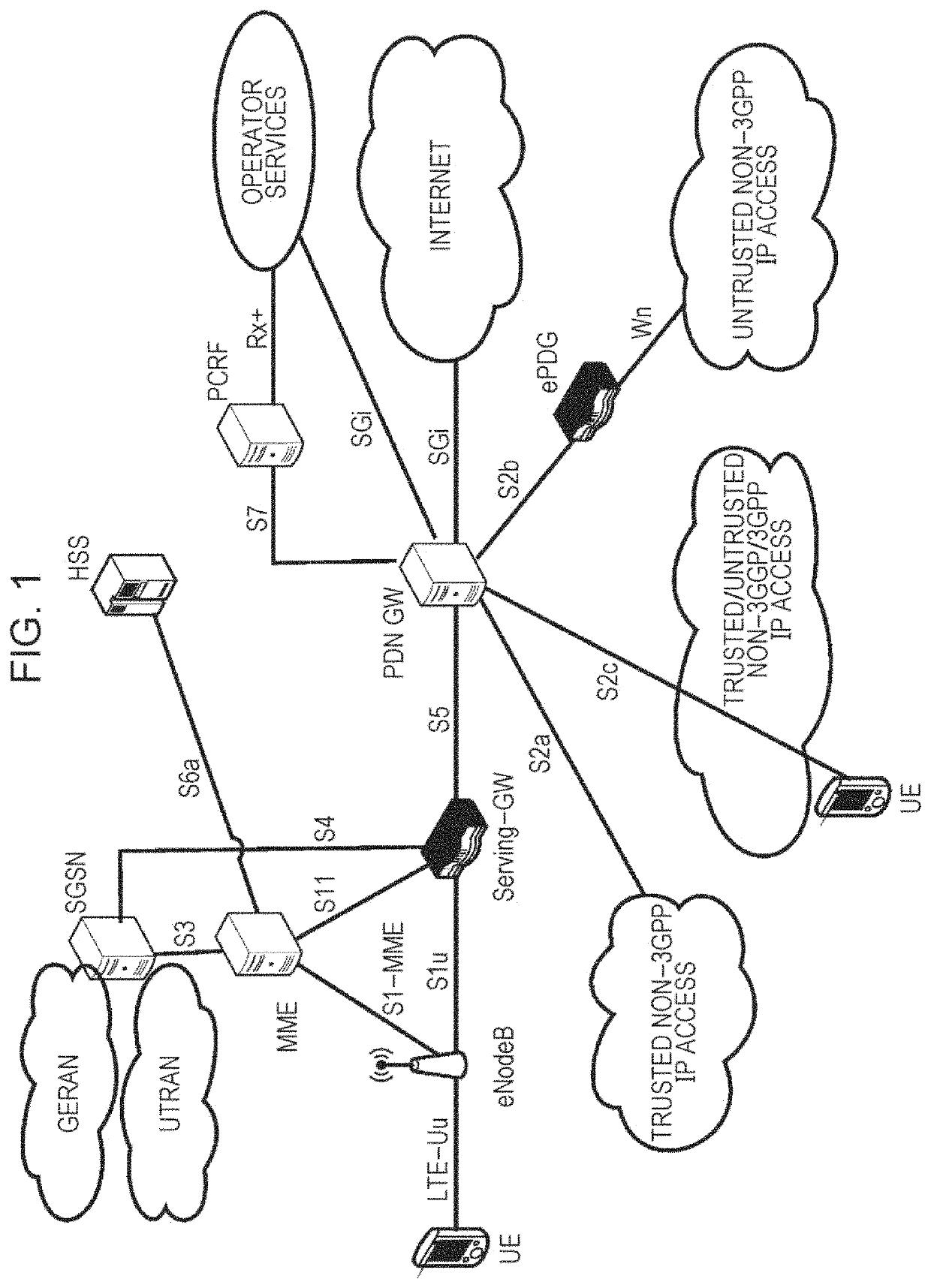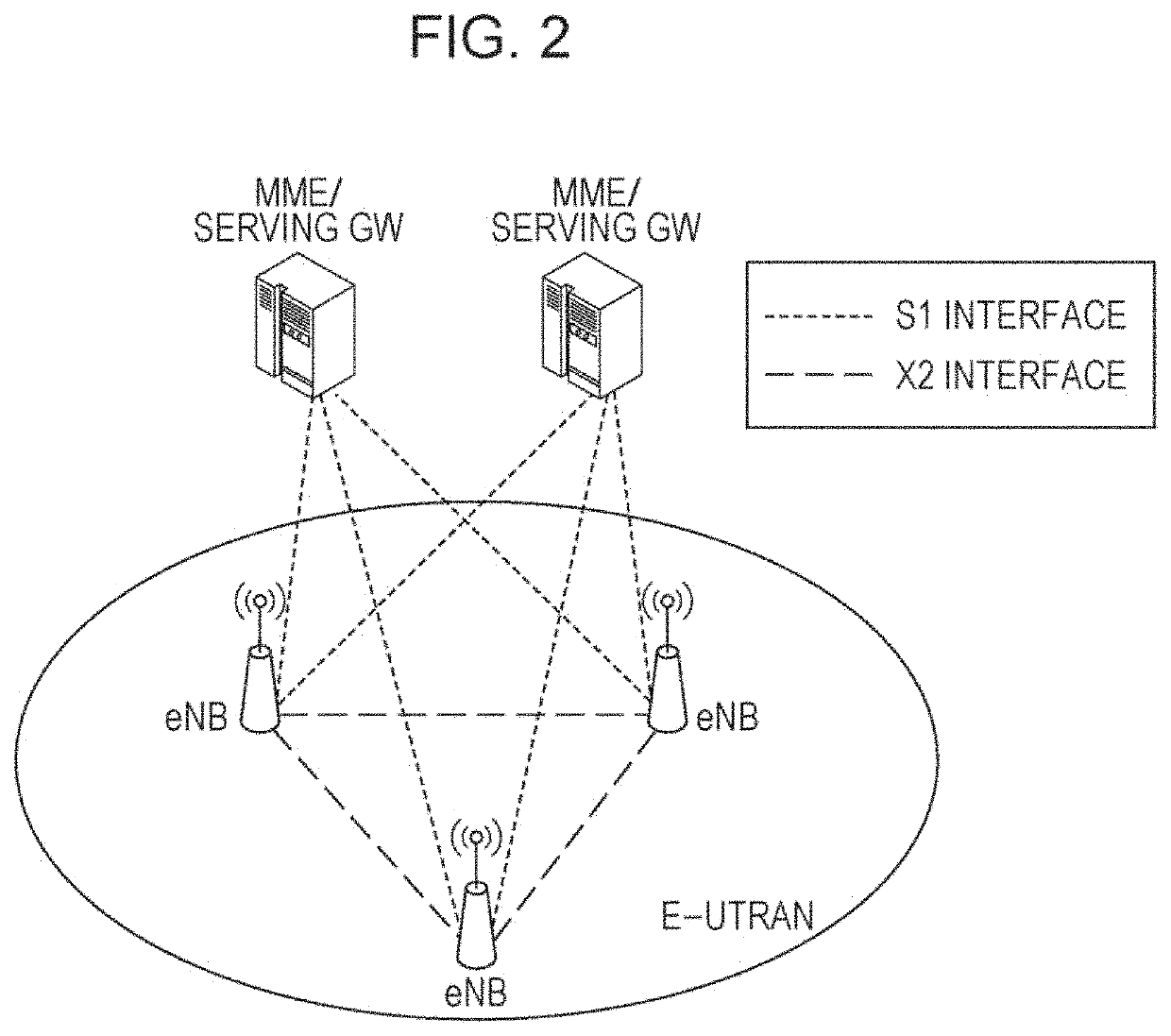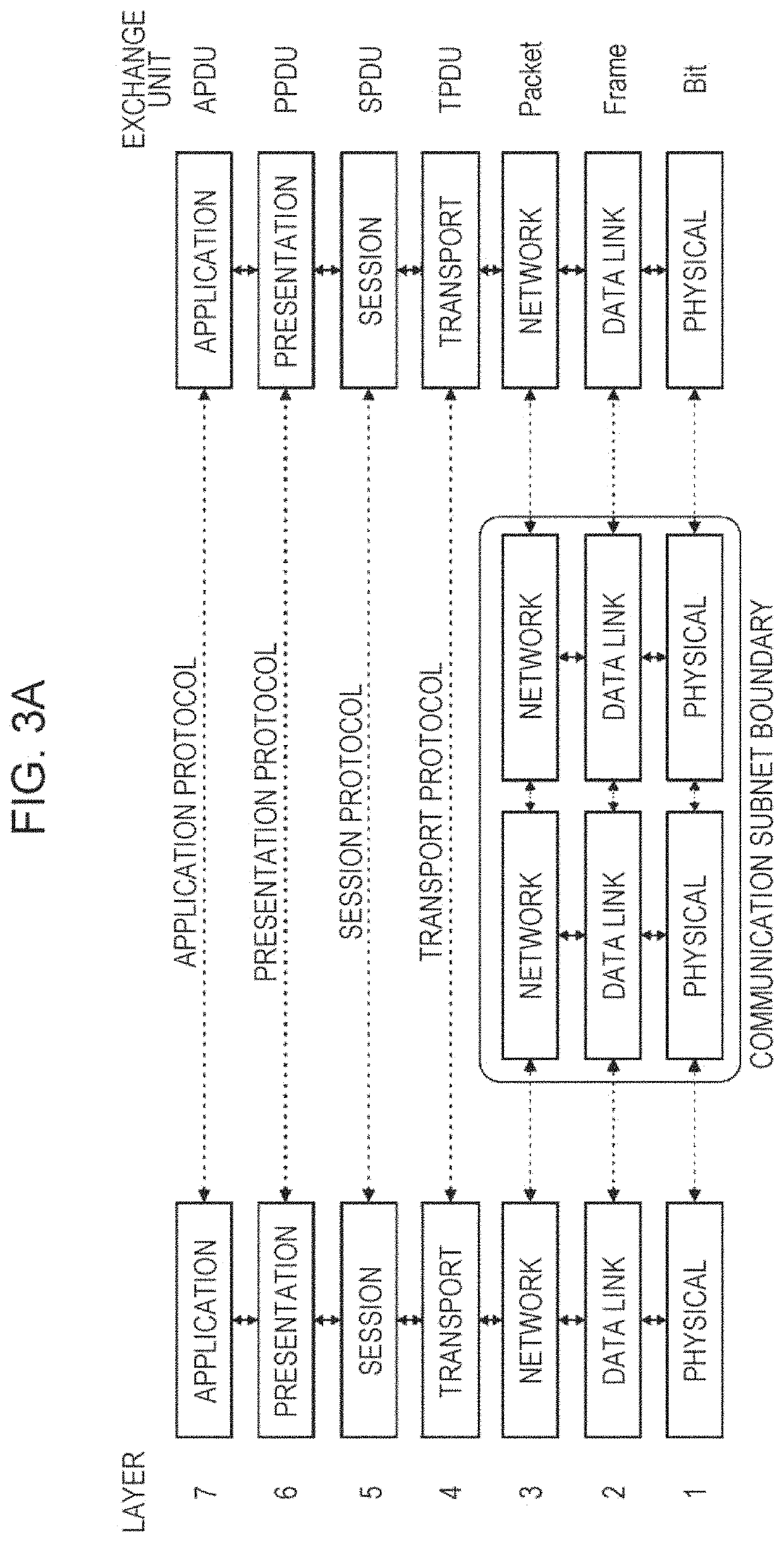Reducing layer-2 protocol overhead by improving layer processing efficiency
a layer-2 protocol and layer processing technology, applied in the field of transmission and reception processing, can solve the problems of requiring even lower delays, data delivery cannot be guaranteed, transmission window cannot be advanced, etc., and achieve the effect of reducing layer-2 protocol overhead, increasing header overhead, and increasing header overhead
- Summary
- Abstract
- Description
- Claims
- Application Information
AI Technical Summary
Benefits of technology
Problems solved by technology
Method used
Image
Examples
Embodiment Construction
Basis of the Present Disclosure
L1 / L2 Processing
[0100]FIG. 4 exemplary depicts the data flow of an IP packet through the link-layer protocols down to the physical layer. The figure shows that each protocol sublayer adds its own protocol header to the data units as well as the mapping of the transport block on a subframe. Transport block (TB) denotes the MAC PDU which is mapped onto the physical layer.
[0101]The mapping of the transport block onto the subframe in LTE is performed within a so-called transmission time interval (TTI). Generally a single transport block is mapped in one TTI to one subframe in case of single input single output (SW), i.e. transmitter and receiver operating with one antenna. In case of MIMO / MISO (multiple input multiple output / multiple input single output), two codewords corresponding to two transport blocks may be mapped in one TTI to the physical resources. In general, more than two transport blocks may be considered for mapping.
[0102]The LTE L2 functions ...
PUM
 Login to View More
Login to View More Abstract
Description
Claims
Application Information
 Login to View More
Login to View More - R&D
- Intellectual Property
- Life Sciences
- Materials
- Tech Scout
- Unparalleled Data Quality
- Higher Quality Content
- 60% Fewer Hallucinations
Browse by: Latest US Patents, China's latest patents, Technical Efficacy Thesaurus, Application Domain, Technology Topic, Popular Technical Reports.
© 2025 PatSnap. All rights reserved.Legal|Privacy policy|Modern Slavery Act Transparency Statement|Sitemap|About US| Contact US: help@patsnap.com



